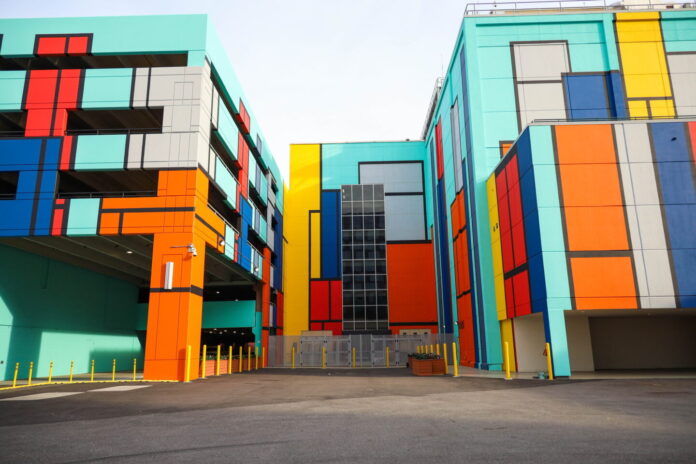When it comes to transforming a space into a work of art, few techniques are as captivating as painting a wall mural. In this article, we will explore the process of mural painting and how you can embark on your mural project to breathe life into your walls and unleash your inner artist.
The Magic of Mural Painting
Heading: What Is a Wall Mural?
- Definition: A wall mural is a large-scale artwork that covers a wall or a part of it, often used to beautify spaces, tell stories, or convey messages.
- Versatile Medium: Wall murals can be created indoors or outdoors, making them a versatile choice for personal, commercial, or public spaces.
Heading: History and Evolution
- Ancient Beginnings: The roots of mural painting can be traced back to ancient civilizations, where it was used to decorate temples, caves, and architectural marvels.
- Modern Renaissance: In the 20th century, mural painting experienced a revival with artists like Diego Rivera and Jackson Pollock contributing to its evolution.
Planning Your Wall Mural Project
Heading: Finding Inspiration
- Themes and Concepts: Decide on the theme or concept of your mural. It could be anything from nature and landscapes to abstract designs or social messages.
- Research: Gather inspiration from art books, online resources, or even local culture and history.
Heading: Location Matters
- Indoor or Outdoor: Determine whether your mural will be indoors or outdoors, as this affects the choice of materials and techniques.
- Surface Preparation: Ensure the wall is clean, smooth, and primed to provide a suitable canvas for your mural.
Tools and Materials
Heading: Essential Supplies
Paint Selection
- Acrylic Paint: Acrylics are commonly used for wall murals due to their versatility and quick drying time.
- Mural Pigments: These specialized pigments are designed to withstand weather conditions when painting outdoor murals.
Brushes and Equipment
- Various Brushes: Different brush types are used for different purposes, from large areas to fine details.
- Projector or Grid: Projectors and grids help you transfer your design accurately onto the wall.
The Mural Painting Process
Heading: Step-by-Step Guide
Design Transfer
- Sketching: Create a detailed sketch of your mural design on a smaller scale.
- Grid System: Use a grid system to scale up your design and transfer it onto the wall.
Base Layers
- Priming: Apply a primer to the wall to ensure better paint adhesion.
- Base Colors: Start with the background and base colors, working your way up to the details.
Adding Details
- Layering: Gradually add layers of paint to build depth and texture.
- Fine Details: Use smaller brushes for intricate details and highlights.
Heading: Style and Techniques
- Realism: Achieve a realistic look by focusing on details, shading, and proportions.
- Abstract and Expressive: Explore abstract styles, letting your imagination run free.
Finishing and Maintenance
Heading: Preserving Your Mural
- Varnishing: Apply a clear varnish to protect your mural from dust, UV rays, and moisture.
- Routine Inspection: Regularly check for any damage or fading and make necessary touch-ups.
Conclusion: Painting a Wall Mural – An Artistic Journey
Painting a wall mural is not just about decorating a space; it’s about creating a visual masterpiece that tells a story, evokes emotions, and leaves a lasting impression. Whether you’re an experienced artist or a novice, mural painting can be a rewarding and transformative experience.
As you embark on your mural project, remember that every stroke of the brush carries your creativity and passion. The mural becomes a part of the space’s identity, reflecting your artistic vision and the stories you wish to share.
So, go ahead and embrace the magic of . Transform your walls into canvases of imagination and expression, and let your creativity flow freely. As the paint dries and your mural comes to life, you’ll witness the power of art to inspire, captivate, and breathe new life into your surroundings.

